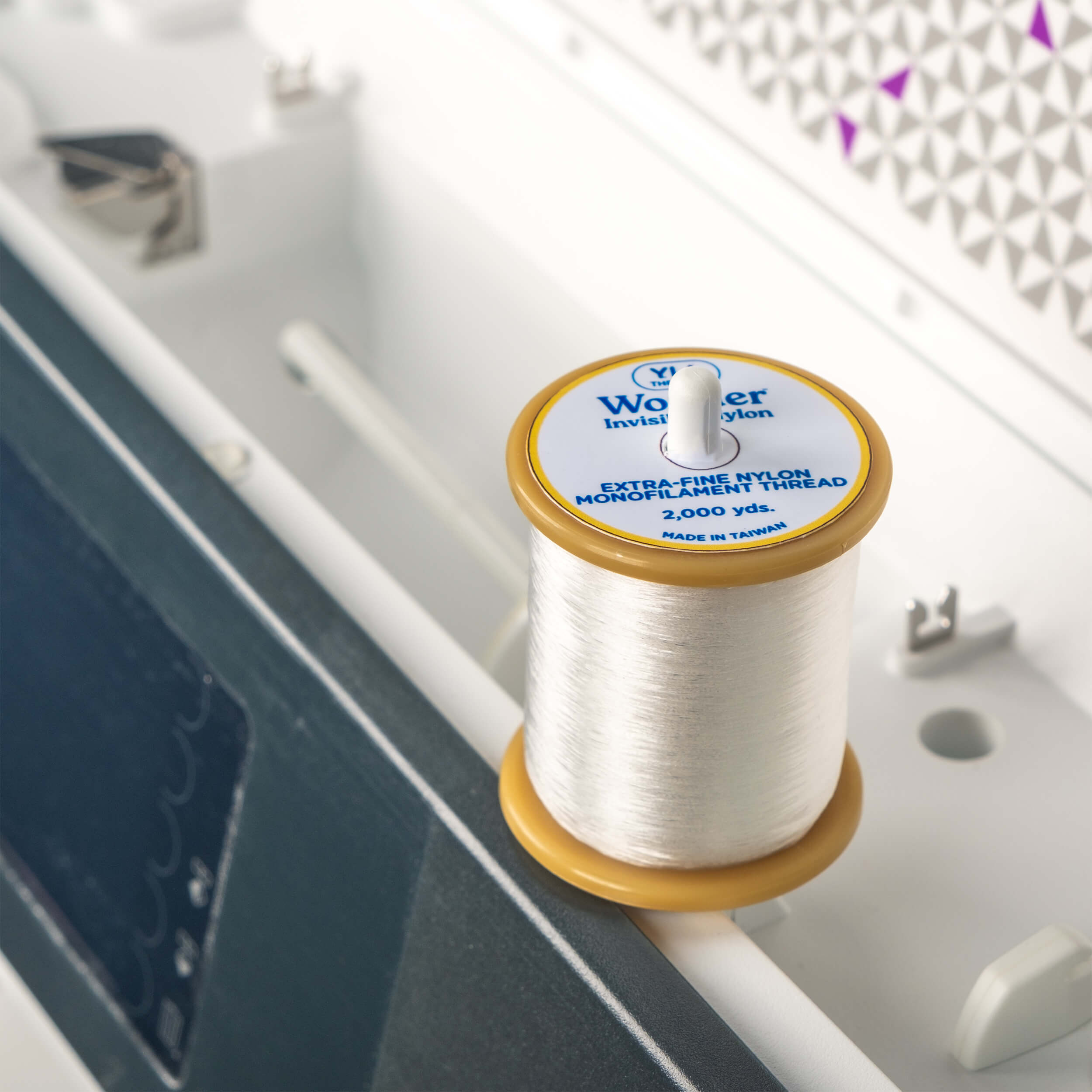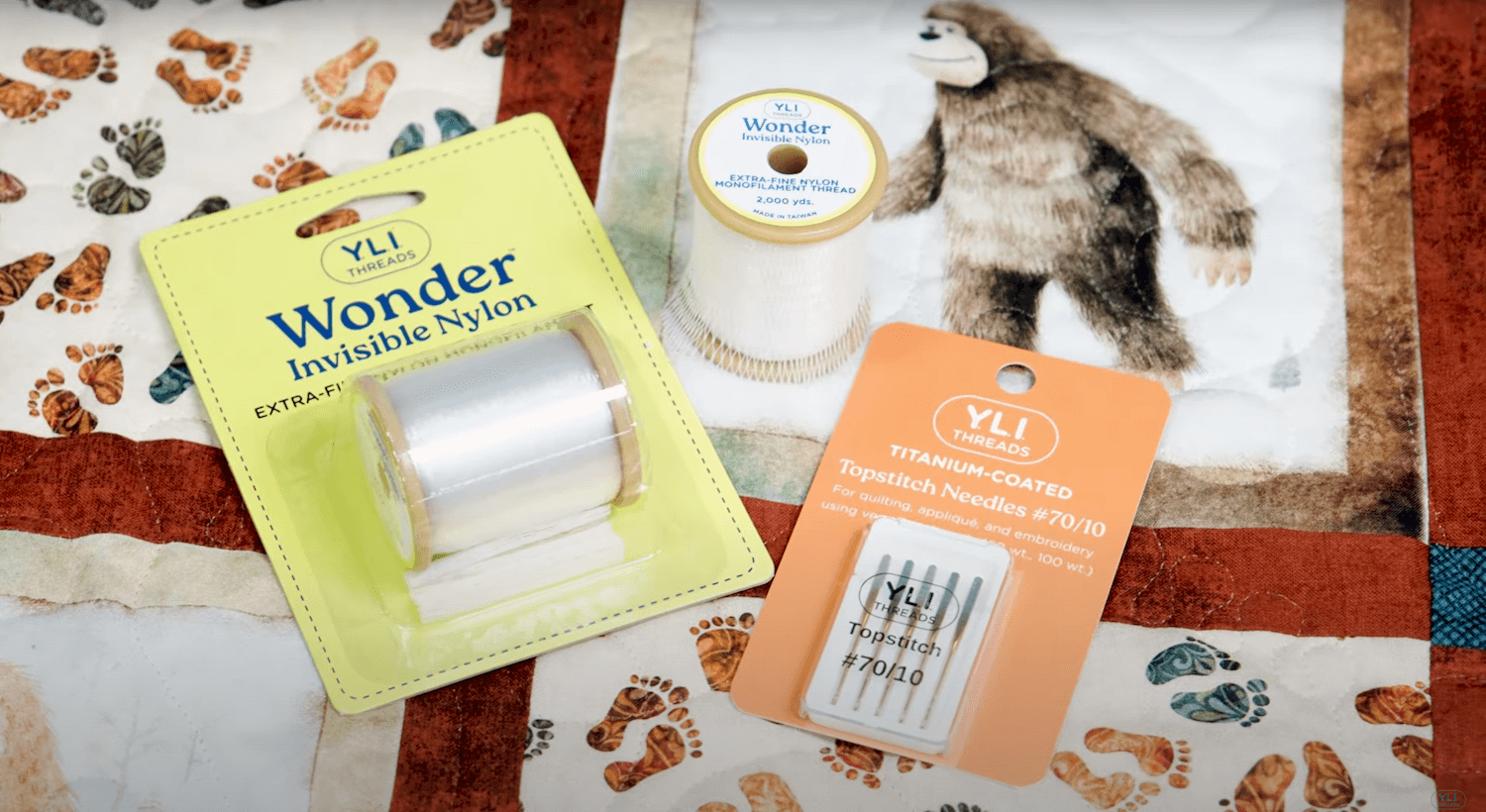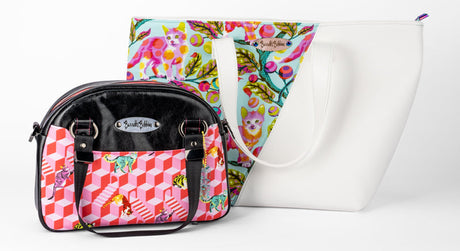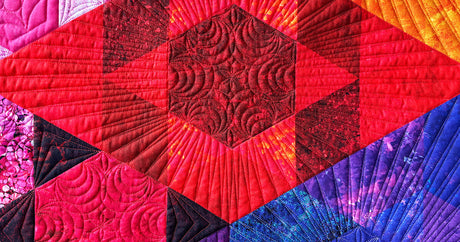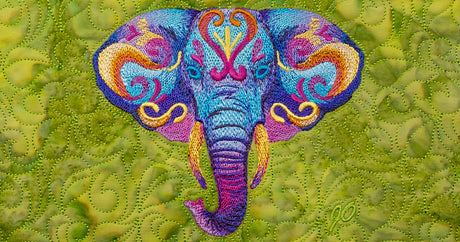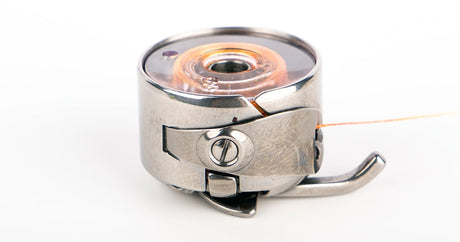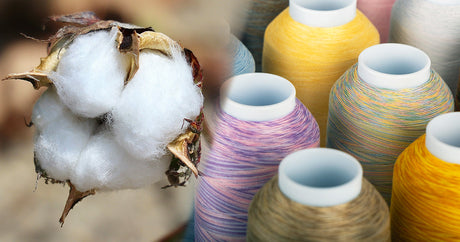What is Wonder Invisible Thread?
Wonder Invisible Thread is a monofilament thread—a single, non-twisted strand—designed specifically for quilting and sewing projects where the goal is to make the thread invisible. Unlike typical quilting threads that can draw attention to the stitches, this thread is extremely fine, even thinner than a 100 wt. thread, and features a matte finish that significantly reduces shine, allowing it to blend seamlessly into any fabric color or pattern.
Its remarkable thinness and flexibility allow it to move naturally with the fabric without adding stiffness or bulk. This flexibility is crucial for quilts that will be handled often or need to drape smoothly.
The Secret to Nearly Invisible Stitching
When you want your quilting stitches to disappear and let your fabric design take center stage, YLI's Wonder Invisible Thread is your perfect solution. This specialized, extra-fine nylon monofilament thread has been trusted by quilters for decades.
Whether you're working on stitch-in-the-ditch quilting, edge-to-edge designs, or appliqué, this invisible thread blends so beautifully into your fabric so that your quilting lines are almost invisible, which is exactly what you want when the focus should be on your quilt's design rather than the stitching.
Essential Tips for Success
We recommend making a few adjustments to your machine to achieve optimal results with all monofilament threads. These small changes can make all the difference between frustrating outcomes and an enjoyable experience with results you'll be pleased with.
Setup Recommendations:
- Tension Adjustment: Loosen the top tension on your machine to 1.0. A loose top tension is imperative to keep your thread from breaking or snapping as it passes through the tension discs
- Needle Choice: Use a Topstitch #70/10 needle with its extra-large eye and deep groove to protect the thread
- Spool Positioning: Wonder Invisible Thread spools are stack-wound; use your machine's vertical spool pin so the thread unwinds from the side
- Test First: We recommend a quick test on scrap fabrics to make sure the tension and stitch settings are correct before starting your appliqué or topstitching
Perfect Applications
Wonder Invisible Thread excels at specific quilting techniques where you want the stitching to disappear. Stitch-in-the-ditch quilting becomes effortless when you don't have to worry about matching thread colors to your fabric. The invisible thread follows your seam lines without drawing attention to itself.
For appliqué work, Wonder Invisible Thread is essential. It allows you to secure appliqué pieces confidently, knowing that your stitching won't compete with the design or leave visible stitch lines that distract from your finished quilt.
Many quilters also use monofilament threads for free-motion quilting when they want the pattern of their pieced quilt blocks or fabric to be more prominent than decorative, topstitching. This technique allows the fabric's natural beauty to shine while still providing the structural benefits of quilting.
Why Quilters Choose Wonder Invisible
Using an invisible monofilament thread, such as Wonder Invisible, provides quilters with the freedom to focus on the quilt as a whole. Instead of spending time and energy trying to match multiple thread colors to complex fabric patterns or multicolored designs, you can use one thread across multiple fabrics and focus entirely on your quilting technique. This is incredibly helpful for edge-to-edge quilting designs.
YLI's Wonder Invisible Nylon Thread
Our extra-fine nylon monofilament thread is specifically designed for quilting applications where you want nearly invisible stitches. Perfect for stitch-in-the-ditch, appliqué, and free-motion quilting.
Loosen your machine's top tension to 1.0 and pair with a Topstitch #70/10 needle for optimal results.
Shop Wonder Invisible Thread